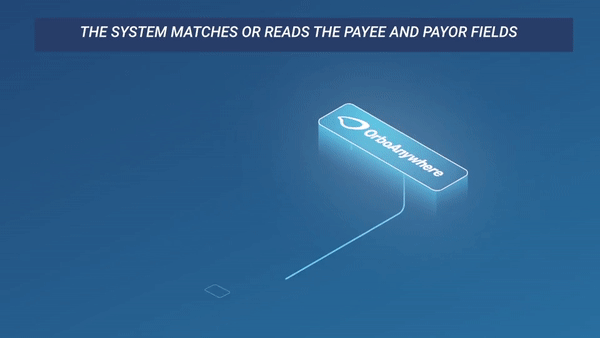Using AI to Fight Fraud Can Go Hand-in-Hand with AML
- Financial services firms have seen a significant increase in fraudulent activity
- More people are using remote banking tools
- AI technology reinforces AML
PaymentsJournal.com relays the news that, since the beginning of the COVID-19 outbreak, a LIMRA survey shows 40% of financial services firms have seen an increase in fraudulent activity. This has lead notable banks and even the FBI to issue fraud alerts to their communities.
Current stay at home orders have led more and more people to -- wisely, in light of safety issues --- do their banking digitally via apps and chatbots, making technology the primary barrier to fraudulent activity.

This means that banks and other financial institutions need to advance past rudimentary, rule-based software, and put in place AI technologies to spot fraudulent patterns and data points that the more rudimentary, rule-based software can easily miss.
According to PaymentsJournal.com, there are three ways AI technology help banks with fraud detection: Maintaining User Trust, Aiding Compliance Operations for Risk Prevention, and Processing Data for Anti-Money Laundering (AML).
Anti-money laundering (AML) is another area where banks are beginning to tap into the power of AI. With hundreds of thousands of wire transfers a day totaling trillions of dollars—not to mention the various privacy laws designed to protect customers—it’s almost impossible to identify every instance of money laundering. Nevertheless, banks are required to do everything possible to identify and help combat money laundering. While banks have been using rule-based software to identify money laundering for some time, AI offers a significant improvement as it learns, grows and adapts with each experience. Much of this is due to AI’s ability to process large quantities of data and see trends, patterns and outliers in a much larger context than the average human could easily discern.
While there are no exact figures for the total amount of AML fraud in 2020, Anti-Corruption Digest reports that in 2018:
The cost of AML compliance across U.S. financial services firms equaled $25.3 billion per year based on survey responses from more than 150 decision-makers at banks, investment, asset management and insurance firms, according to LexisNexis Risk Solutions in its inaugural 2018 True Cost of AML Compliance report for the United States. The report shows that smaller firms are hit hardest, relative to their bottom lines, as the cost of AML compliance reaches up to .83 as a percent their total of assets, compared to larger firms, which see costs up to .08 percent of total assets. These costs are driven by the fact that certain overhead investment requirements exist when implementing an AML program, regardless of scale. The executives surveyed reported that regulatory reporting, customer risk profiling and sanctions screening are among the key challenges for U.S. financial firms.
Banks and financial institutions are certainly facing an uphill battle when it comes to mitigating risk and compliance in the area of AML. This has led to many of them to modernizing their platforms to incorporate Artificial Intelligence and Machine Learning technologies, especially when it comes to checks. These technologies are able to extract field data such as payee & payor that can be utilized for mitigating compliance risk in the areas of OFAC, BSA/AML, Reg CC, UCC, and KYC.
